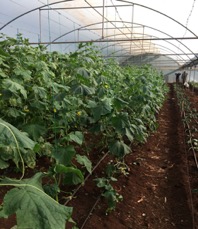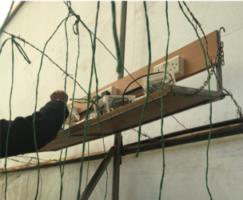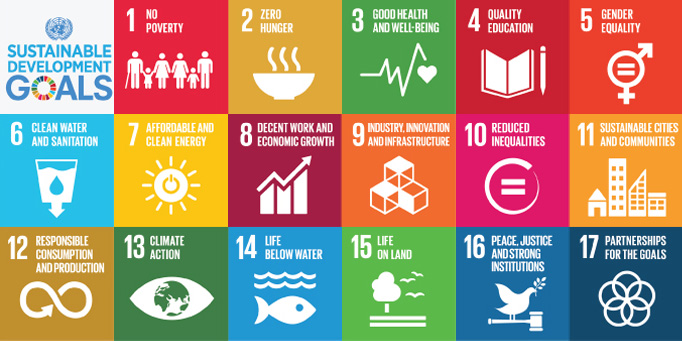Aims and Goals
Greenhouses are popular as a means to protect crops from harsh weather and pests/diseases. Current way to spot pests and diseases by eye is limited since watching plants all day is impossible. A majority of these pests are difficult to spot and may only become apparent once they have fully infested. BUGALERT uses tiny inexpensive computers together with camera and sensors, and place them inside of the green house.
The camera with the tiny computer take continuously photos of the plants, and send the image data to the central server sitting in the cloud through the connected tiny computers via wireless communication. The server in the cloud has a web page, where the plant image can be seen and various information of the plants are shown. The analysis on such image data is able to issue an alert to the farmers when the plant is infected.
University of Cambridge collaborates with a company (Illuminum Greenhouses) that runs greenhouses in Kenya. This project will pursue a unique interdisciplinary collaboration among farmers, engineers, computer scientists, and plant specialists to provide a simple yet effective solution for farmers to better control crops and combat associated pests and diseases. The smart monitoring technology can be widely used in greenhouse farms, and the potential economic impact is substantial.
Impact and major beneficiaries
Management of insect pests and diseases is the biggest challenge in greenhouse. With BUGALERT, we expect to reduce pest and disease occurrence by up to 50% due to improved early detection. This may lead to improved crop yield by up to 30% due to diminished consumption and stress caused by pests and diseases. This in turn could reduce the use of chemicals on crops, allowing for more valuable export products from these farms. We expect that combining our experimental results with plant pest and disease specialists will further refine the models of analysis and experimental methodology.
This integrated approach with feedback mechanisms will help us gain important, relevant insights into controlling pests and diseases for greenhouse farming and beyond. Farmers can use the BUGALERT technology and can shift from traditional, labour-intensive crop detection methods to more efficient modern image technology.
The innovation is tailored for small-holder farmers who cannot afford expensive technology available for large-scale farmers. While the innovation has capacity to serve men and women equally, the status in the society is likely to lead to women benefiting more by reduction of farm visits to detect problems. In Kenya, about 86% of farmers are women. Thus, a proposed technology for the smart monitoring greenhouse will greatly benefit small-holder farmers, with wide-reaching quality of farming and economic implications.
Team
BUGALERT is a collaboration between University of Cambridge, UK and Illuminum Greenhouses, Kenya.





